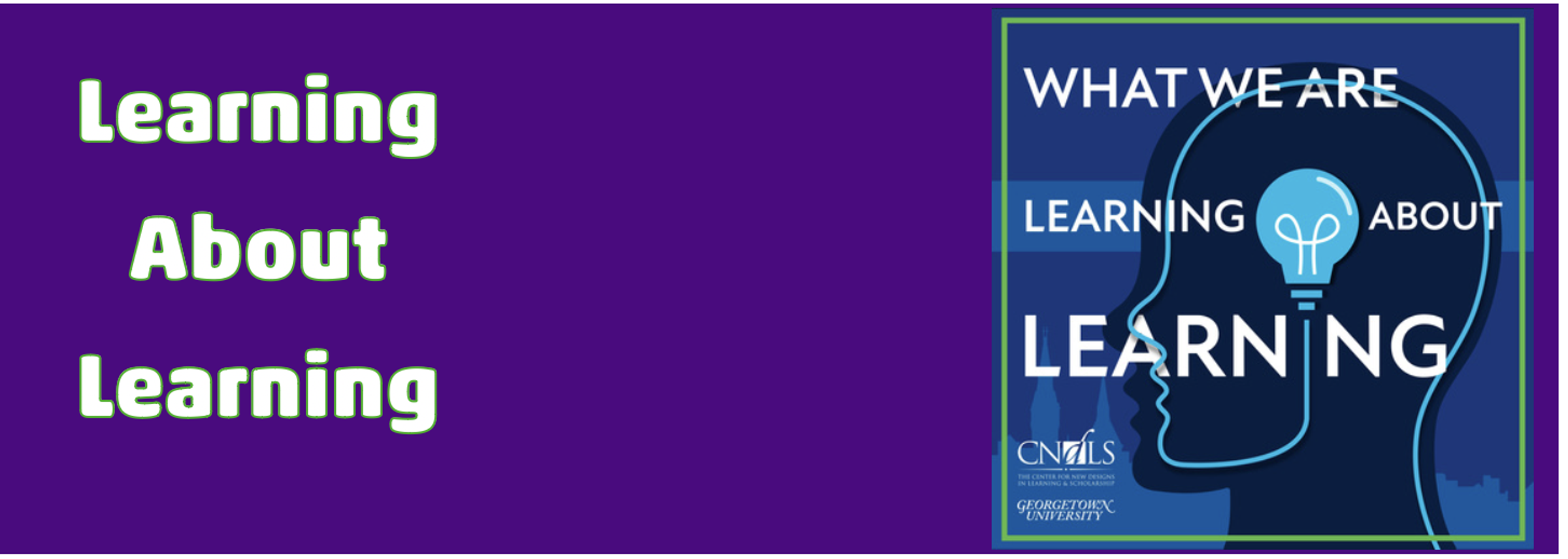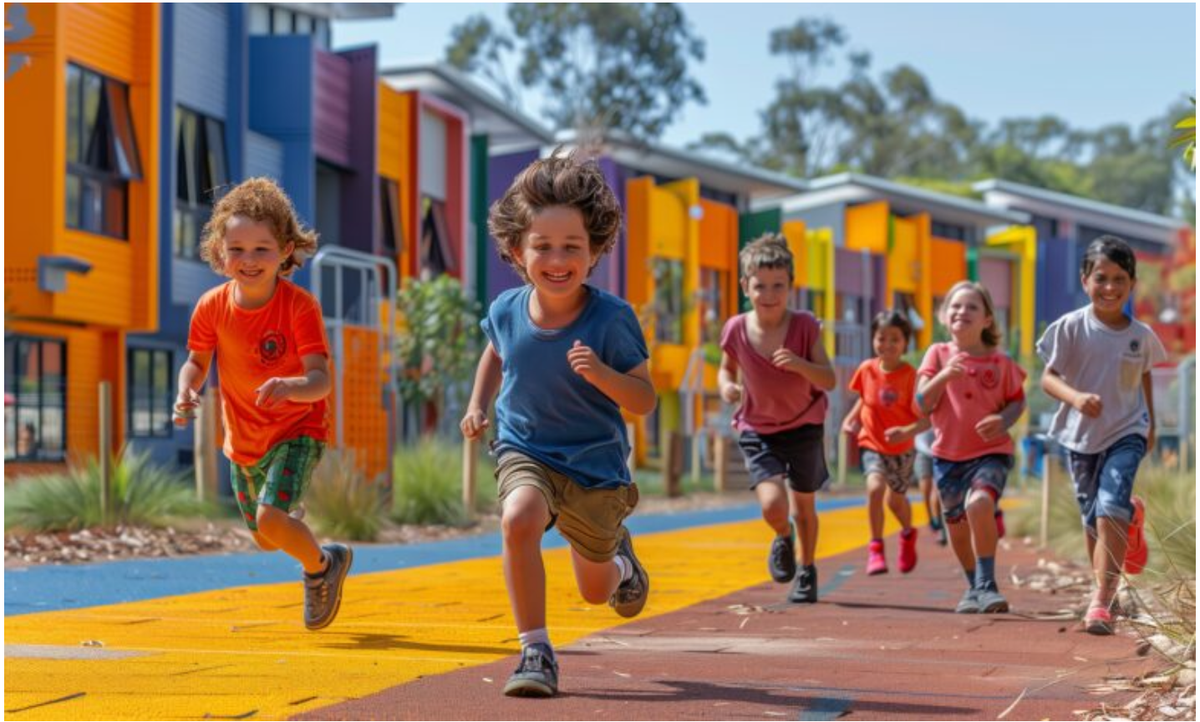Learning About Learning:

Does Play Belong In Primary School?
Play is one of the most important parts of early childhood education in Australia.
We know that children learn about the world through play, which helps them develop creativity and independence.
There is also broad agreement among early childhood educators and policymakers about the importance of play from birth to five years. But once children start school, there is less certainty. Despite growing research on the significance of play in primary school, play is not often used for learning in these years.
Play can benefit older kids.
There is no reason to suggest that the importance of play suddenly ceases when children reach school age. In fact, research shows that play can support learning well into the primary years, helping students develop critical thinking, problem-solving and social skills.
Recent studies even show that play has learning benefits well beyond childhood. Young adults (aged 19–25) who engage in regular play have shown improved emotional intelligence and resilience.
What do we mean by play?
When we are talking about play in primary school, it is more than just playground time
during recess and lunch.
Play is what children do naturally, whereas play-based learning is when teachers use that
natural playfulness as a teaching tool. Teachers will deliberately incorporate various types
of play with specific learning goals and varying levels of adult guidance.
For example, children might explore mathematical concepts such as geometry and spatial
reasoning through LEGO construction. Teachers would guide the discovery of patterns,
measurements and problem-solving, and then step back to allow students to be creative.
There is also evidence that play can support literacy, numeracy and other academic goals,
because it supports attention, memory and planning skills that underpin academic
learning.
Research shows it can also help maintain students’ enjoyment of and engagement in
their studies. When used effectively, it can be applied across the school curriculum.
How should play-based learning be structured?
Even when teachers valued play in principle, they struggled to provide time for it in their
classrooms. Teachers reported feeling caught between covering mandated content and
providing meaningful play experiences. As one teacher told us:
Play is fantastic for children, but it can be a challenge when there is so little time to cover such a vast curriculum.
Teachers were also divided about their role in children’s play. Should they structure it?
Leave kids alone? Supervise but not interfere?
Our analysis revealed several distinct approaches, from hands-off supervision to active
involvement. This reveals confusion about best practice (the research suggests different
approaches can work, depending on the context).
What can we do instead?
Our research suggests there is a missed opportunity when it comes to structuring play as
part of learning in primary schools.
To address this, we need several changes. Teacher education programs should include
training in practical ways to use play as a teaching tool. For example, how to teach
science concepts through games and experiments that feel like play to children.
Professional development should also help existing teachers understand how to structure
meaningful play that supports the curriculum.
At a policy level, we also need better alignment between the early education and primary
years, to ensure play does not disappear at the school gate.
Postscript:
At Western Heights, we implement and value a structured approach to Play-Based Learning.

